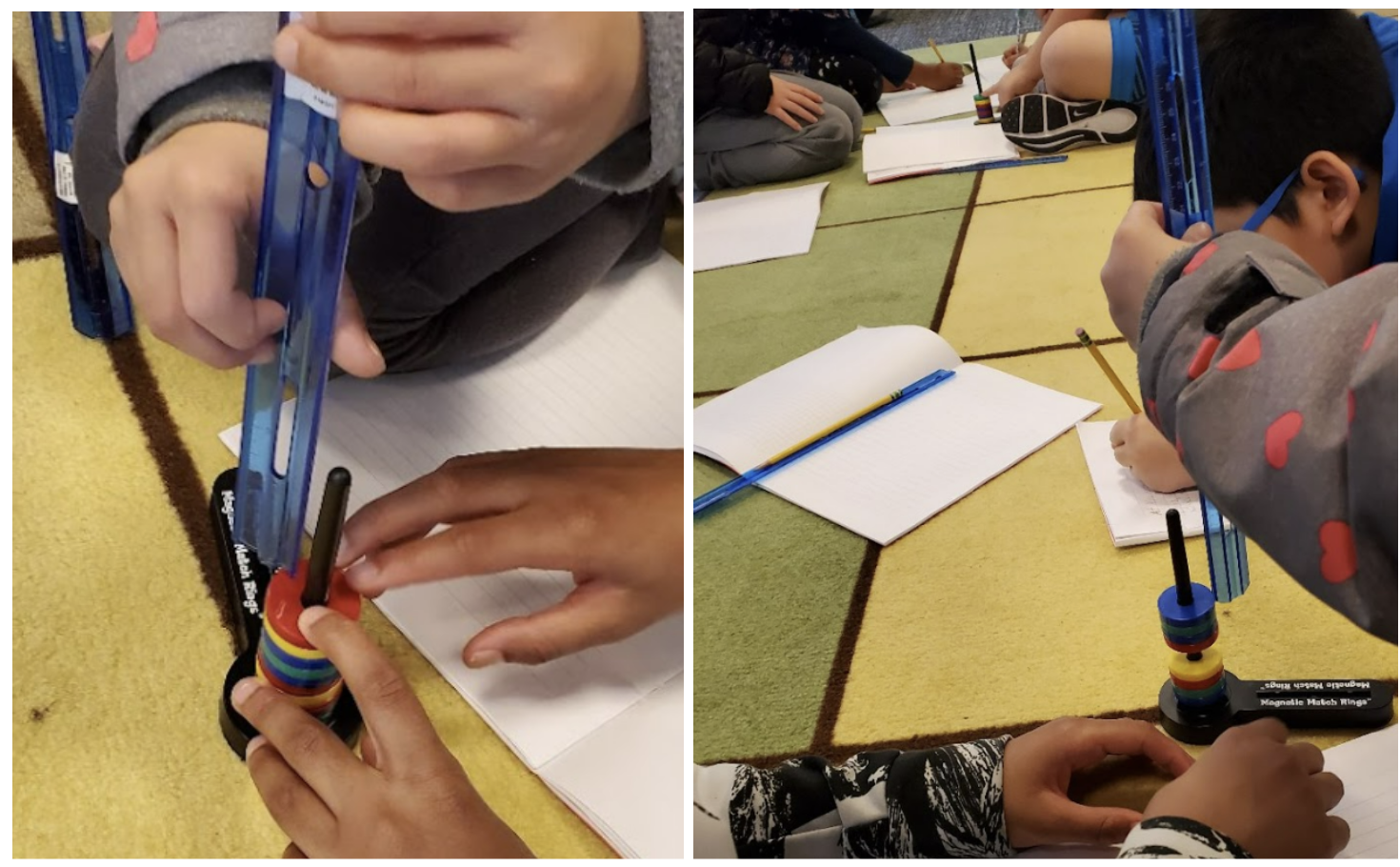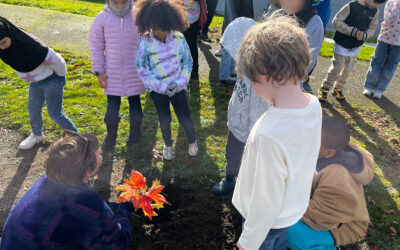Modification based on student experiences: Ms. Johnson, a 3rd-grade teacher, added a one-page article mid-unit titled, ‘Science in the News: Magnets Protect the Brain” available from Learning A-Z (subscription). It described a possible solution to concussions for football players if magnets were put into helmets. She knew many of her students played football and discussed their injuries and hard hits during morning check-ins. Students read the one-page news article and then critiqued and debated magnets as a safety solution. The connection to football sparked passionate engagement from football-playing students who used this as an opportunity to share their knowledge of safety gear, helmet features, formations, plays, and drills. Other students took up details from their peers’ descriptions to interrogate whether magnets in helmets would be a useful and realistic safety feature (or not).

Debating data-collection techniques: 3rd graders were engaged in a challenge of how high the top magnet can go up (“fly”) when the stack is compressed and released (Lesson 4, Part 3) and had agreed they needed to use a ruler to measure how high the magnet went. Groups tested various configurations and numbers of magnets and took measurements. As the teacher led the class in a gallery walk, group by group, for the final testing and measuring, students exclaimed, “Not fair!” as they noticed some groups claiming higher launches and noticing they measured from different places. Some groups measured from the top of the magnet stack when compressed, some measured from the top before compressing, some measured from the floor, and others from the top of the base of the toy. When groups compared data to see which configuration of magnets ‘won’ the contest by going up the highest, they realized they were using the ruler in different ways which gave numbers that could not be compared in fair ways. This precipitated a brief decision to come to a class consensus on how specifically to measure the height of a magnet so the data would be fair to compare. The gallery walk of final tests was paused to have groups return to their spots and re-test and re-measure using the established technique. This opportunity could have been missed or over-scaffolded by front-loading by the teacher at the beginning. Allowing students to encounter this issue made the conversation meaningful to students.

Photos show students measuring the height the top magnet(s) went after releasing the compressed stack with a ruler.
Modeling feedback task: Jamboard model critique (link to view only file) – The teacher used this model analysis task with students after launching the unit to provide feedback on modeling to help students deepen their models to show ‘how/why’ thinking, not just ‘what’ they observed. Students were learning remotely at the time so the teacher used jamboards in breakout rooms to notice and label what parts of the models they thought were useful in communicating “how/why” ideas not just “what”-level ideas. (This task can be done paper/pencil providing each group with a pair of models and sticky notes). After discussing their reactions to these models and what features helped the author convey thinking, students then went back to their models and added features to help convey more “how” or “why”-level thinking about how the magnetic ring toy works.











 This site is primarily funded by the National Science Foundation (NSF) through Award #1907471 and #1315995
This site is primarily funded by the National Science Foundation (NSF) through Award #1907471 and #1315995